Latest News
Civilian Deaths Still High in Afghanistan: UN Report
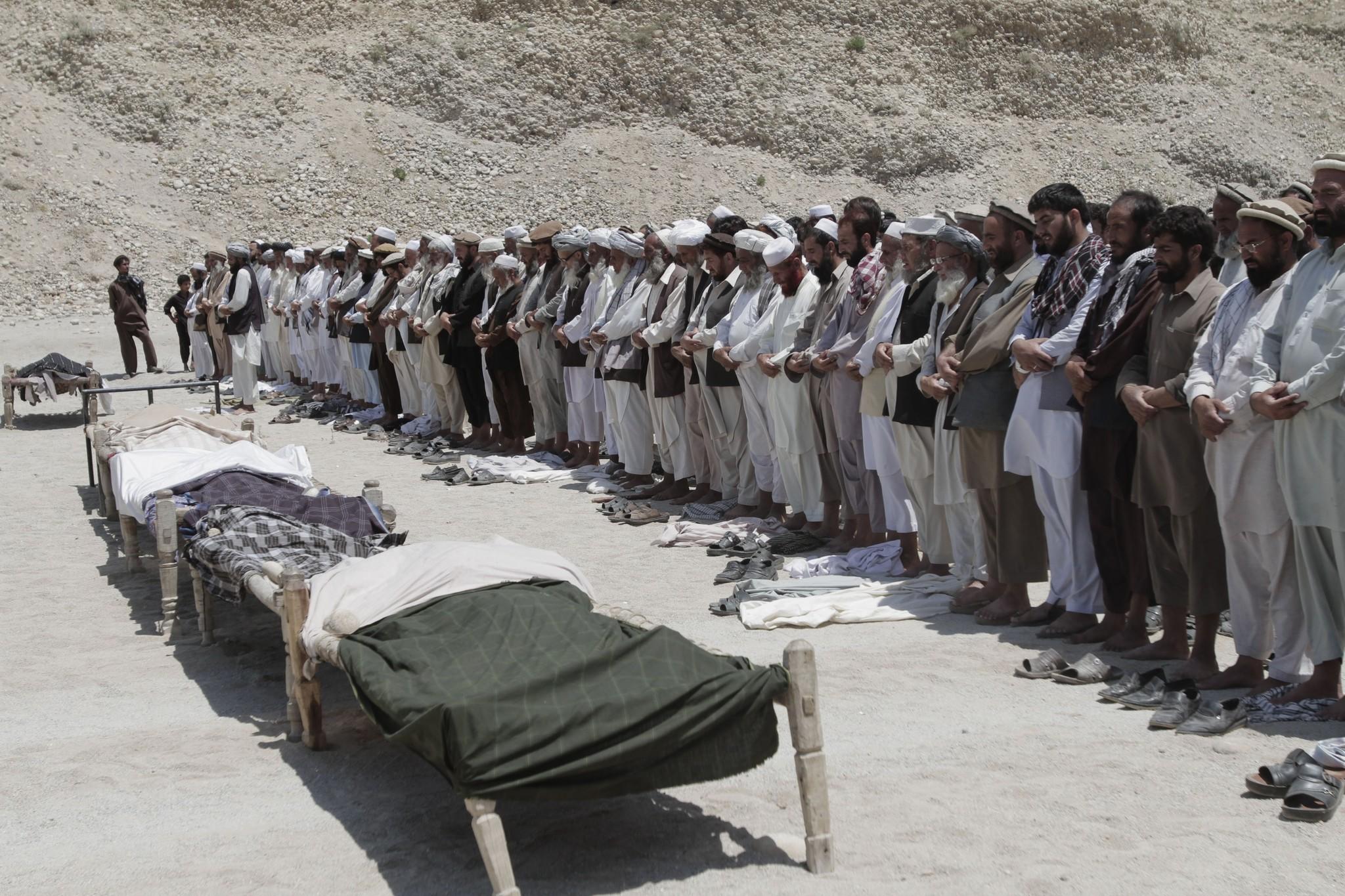
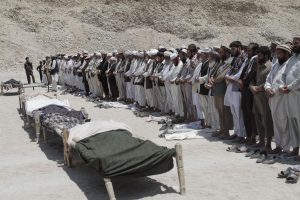 The number of civilians killed and injured in the Afghanistan conflict during the first six months of 2017 persisted at the same record high levels as last year, the United Nations mid-year report said.
The number of civilians killed and injured in the Afghanistan conflict during the first six months of 2017 persisted at the same record high levels as last year, the United Nations mid-year report said.
According to figures from the UN Assistance Mission in Afghanistan (UNAMA), a total of 1,662 civilian deaths were confirmed between 1 January and 30 June – an increase of two per cent on the same period last year.
“The human cost of this terrible conflict in Afghanistan – loss of life, destruction and immense suffering – is far too high,” said Tadamichi Yamamoto, the Secretary-General’s Special Representative for Afghanistan and head of UNAMA. “The continued use of indiscriminate, disproportionate and illegal improvised explosive devices is particularly appalling and must immediately stop.”
The reports highlights that 40 per cent of all civilian casualties during the six-month period were killed or injured by anti-government forces using improvised explosive devices (IEDs), such as suicide bombs and pressure-plate devices, which were responsible for the deaths of 596 civilians and injured 1,483.
These figures include civilian casualties from suicide and complex attacks -involving more than one perpetrator and two or more forms of weaponry, including suicide IEDs- which killed 259 civilians and injured 892, a 15 per cent increase on comparable figures for the first six months of 2016.
The report makes a series of recommendations, including calling on anti-government forces to stop targeting civilians and to enforce directives from the Taliban leadership calling for an end to such attacks.
Government forces are urged not to use weapons including mortars and rockets which could have a devastating impact in civilian populated areas, and to disband illegal militias and similar groups. The report also recommends ongoing support from international military forces to support and train the Afghan national army.
The report commends Afghan security forces for their continued efforts to reduce civilian casualties resulting from ground engagements, which represent the second leading cause of deaths and injuries. The figures demonstrate a 10 per cent reduction in civilian casualties from ground engagements the first six months of 2017 compared to the same period last year, with 434 confirmed deaths and 1,375 injuries. The decrease is attributed to a reduction in casualties caused by indirect and/or explosive weapons, mostly mortars, used by pro-government forces.
UNAMA attributed a total of 327 civilian deaths and 618 injuries to pro-government forces, a 21 per cent decrease compared with the same period last year, although UNAMA noted a 43 per cent rise in civilian casualties during aerial operations (95 deaths and 137 injuries).
Nineteen per cent of the casualties occurred in the capital, Kabul, as a result of suicide and complex attacks. Civilian casualties increased in 15 of Afghanistan’s 34 provinces, mainly due to increased attacks by anti-government forces. The highest numbers of casualties occurred in Kabul, Helmand, Kandahar, Nangarhar, Uruzgan, Faryab, Herat, Laghman, Kunduz and Farah provinces.
The UN report includes only incidents which have been confirmed after a thorough verification process. This strict documentation process, which requires multiple steps of confirmation in each case, means that the overall figures are probably conservative.

Latest News
Nakamura canal project completed in Nangarhar

The construction of a water canal, planned by the late Japanese doctor and aid worker Tetsu Nakamura, has been completed in Afghanistan’s eastern Nangarhar province.
Nakamura was from Japan, but had honorary citizenship of Afghanistan. He was killed in 2019.
He worked in Nangarhar for many years, focusing mainly on building water canals.
Nakamura was working hard to complete his projects, but these were suspended following his death.
Later, the projects were resumed with the help of the government of Japan.
During his time in Nangarhar, Nakamura built several health centers and carried out more than 1,600 irrigation projects, canal constructions and provision of clean water.
His greatest work was the construction of a 25-kilometer long canal from the Kunar river, which irrigates hundreds of acres of land.
He also built a recreation park, dug wells, and established agricultural research farms.
“Dr. Nakamura made 9 weirs in Kama, Shewa and Behsud districts. Thousands of acres of land are irrigated and millions of people benefit from it. All the projects planned by Nakamura have been completed,” said Ajmal Stankzai, the representative of the Nakamura Foundation.
“Nakamura would behave with a laborer like a laborer. He would take stones with us. He used to tell us that the people of every country serve their country and you should also serve the ruined Afghanistan,” said Deen Mohammad, a resident of Koz Kanar district of Nangarhar.
In Kama district, the work of Nakamura projects is ongoing. One of the projects is the construction of a secon canal from the Kunar river.
“There was a huge water problem in Kama district. Fortunately, with Nakamura’s cooperation, many lands were irrigated,” said Bashir Ahmad Kamawal, a resident of Kama district of Nangarhar.
After Nakamura’s death, now an NGO called PMS is following in his footsteps and is working to build canals and dams.
Recently, the construction of a canal in Kot district of Nangarhar was completed and inaugurated. The canal is 5 kilometers long.
“Many projects are planned and our ministry has taken care of them… We thank them for feeling the pain of Afghans and helping our country,” said Abdul Latif Mansour, Acting Minister of Energy and Water.
Tetsu Nakamura was shot and killed by unknown men in 2019 when he was going to work from Jalalabad city. It is not yet known who was behind the assassination.
Latest News
Deminer killed in landmine explosion in Uruzgan
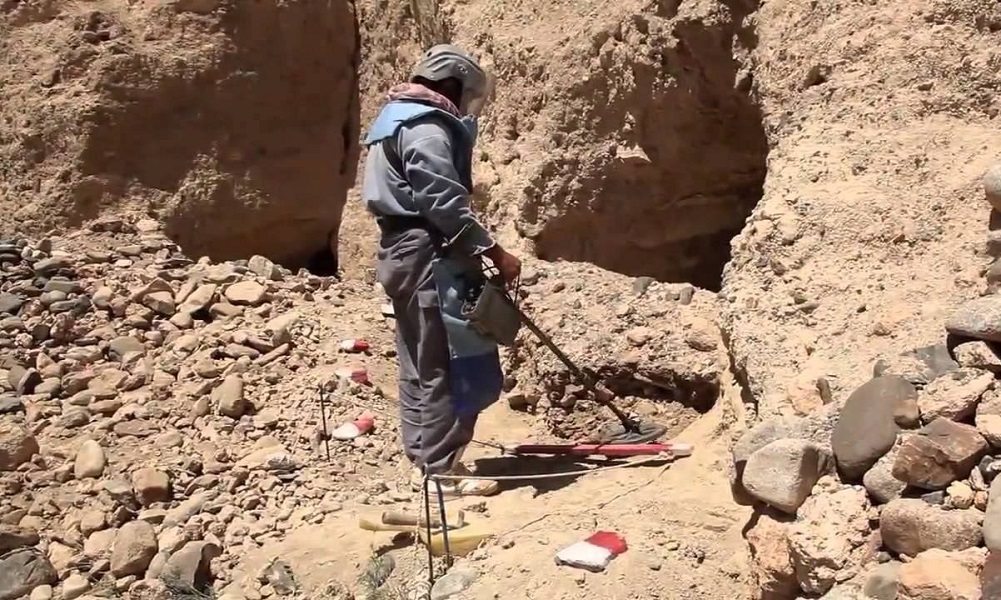
A deminer died in a landmine explosion in Afghanistan’s southern Uruzgan province on Tuesday, police said.
The incident happened around 10:00 a.m. in Khurma area of provincial capital Trink Kot, said Hazrat Bilal Uruzgani, the provincial police spokesman.
Another deminer was injured in the incident, he said
Uruzgani said that the incident happened during an operation to clear the area from mines.
Latest News
Acting health minister visits flood-stricken villages in Baghlan
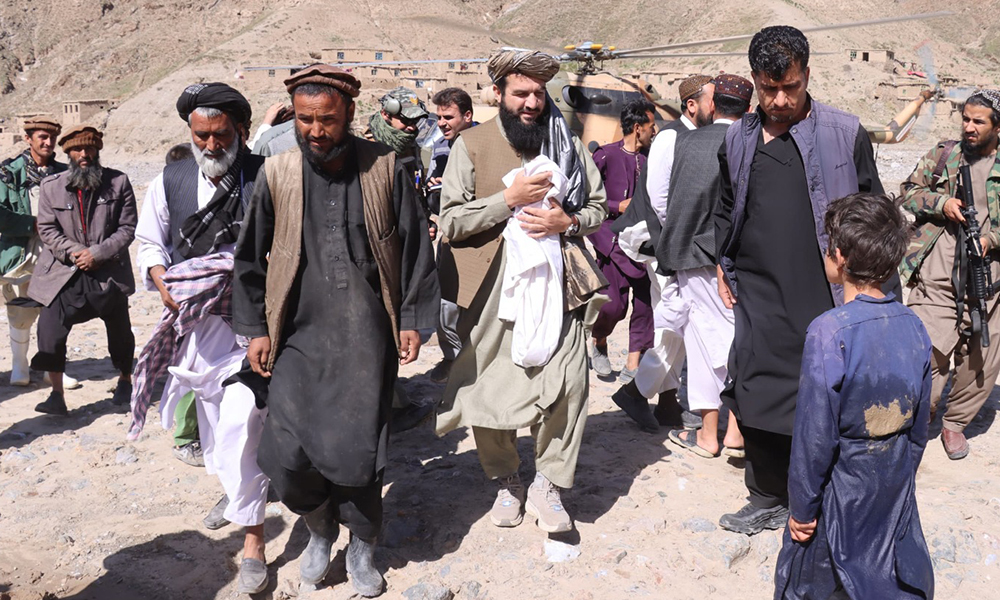
Afghanistan’s acting minister of public health Dr Qalandar Ebad, along with other officials, visited a number of flood-hit villages in Baghlan province on Tuesday.
The officials assessed damage in the villages of Sai Hazara and Gharo in the Guzargah district.
According to a statement issued by the ministry, Ebad inspected “vulnerable areas affected by recent floods and, expressing sympathy with the local people, promised that the leadership of the Ministry of Public Health will spare no effort to provide health services to those in need.”
Ebad also expressed gratitude for the efforts of healthcare workers and their commitment to helping people in need.
He directed officials to make every effort “to improve the health status of patients affected by recent floods in the villages of Sai Hazara and Gharo, Baghlan province”.
Based on official figures, more than 300 people have died as a result of floods in Baghlan province and over 1,600 others have been injured.
-

 Science & Technology4 days ago
Science & Technology4 days agoTikTok to label AI-generated content from OpenAI and elsewhere
-

 World5 days ago
World5 days agoIsrael strikes eastern Rafah as ceasefire talks end with no deal
-
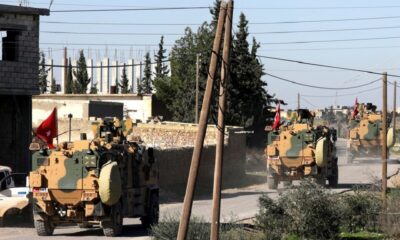
 Regional4 days ago
Regional4 days agoTurkey says it killed 17 Kurdish militants in northern Iraq, Syria
-
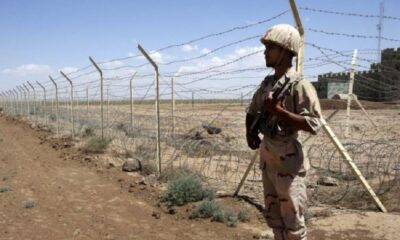
 Latest News4 days ago
Latest News4 days agoIran says work underway to block eastern border with Afghanistan
-
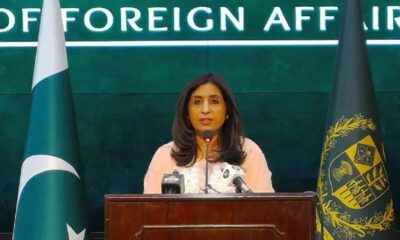
 Latest News5 days ago
Latest News5 days agoPakistan rejects IEA’s allegations of Daesh using its territory against Afghanistan
-
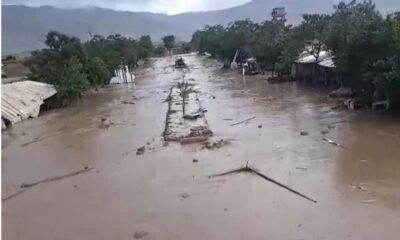
 Latest News4 days ago
Latest News4 days agoFloods leave 50 dead in Baghlan
-

 World5 days ago
World5 days agoIreland and Spain could recognise Palestinian state on May 21, RTE News reports
-
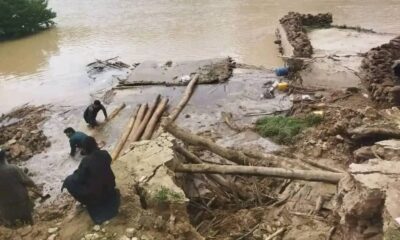
 Latest News4 days ago
Latest News4 days agoHundreds killed and injured in floods in four Afghan provinces















